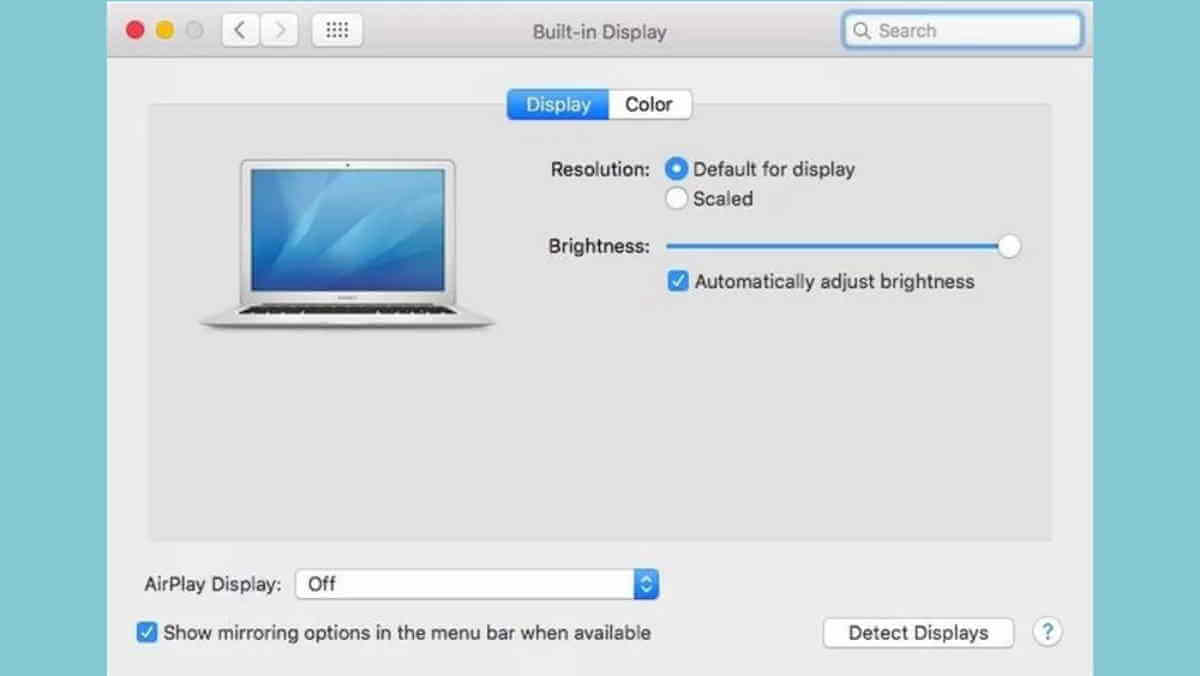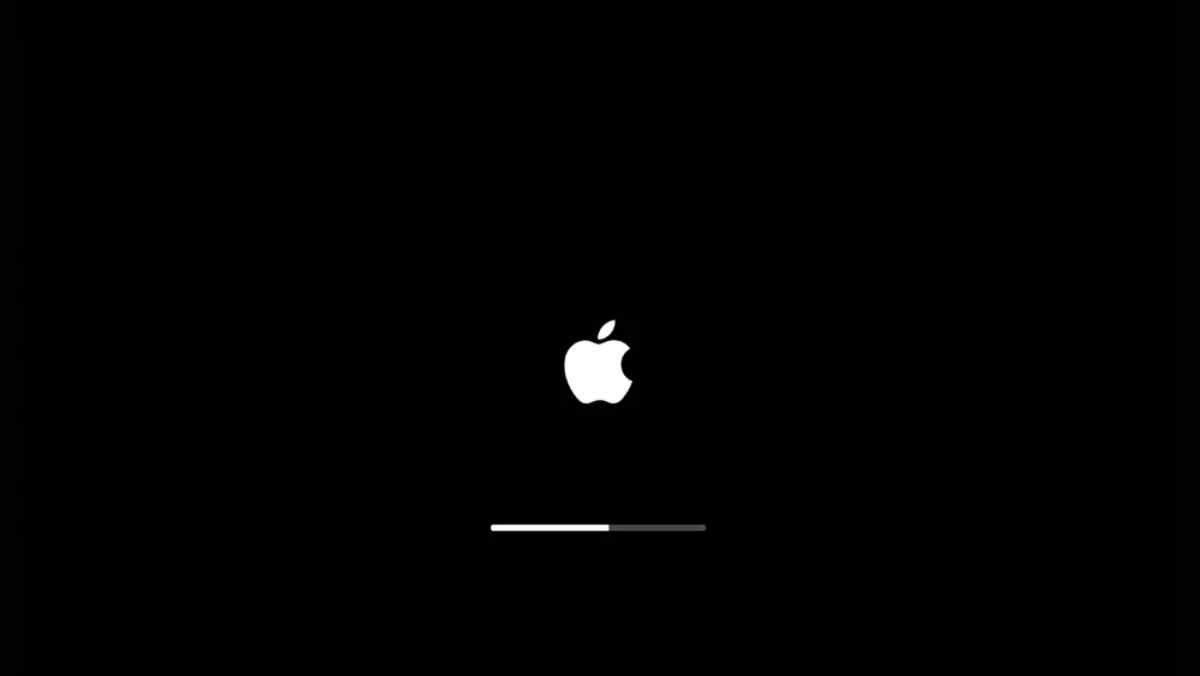How to Fix the Black Screen on MacBook?
A dark screen is one of the worst things that may happen when your MacBook boots up and you are prepared to start working. As with any laptop or desktop computer, it may be very unsettling if there is no movement on the screen, and when it comes to a MacBook Pro, you can start to worry about how much it will cost to fix the problem right away.
While a black screen on a MacBook can occasionally be extremely bad news, it’s often not a major concern and can be rectified pretty quickly.
This blog post will equip you with a step-by-step guide to diagnose the causes and solutions to fix the black screen on your MacBook.
Reasons Behind Black Screen on the MacBook
A black screen on your MacBook can be caused by a variety of issues, some more serious than others. The most common culprits are software glitches, power problems, and external factors. Temporary software bugs or incompatible programs might disrupt the display.
On the power side, a low battery, faulty adapter, or loose connection can prevent your MacBook from waking up properly. Simple things, like your MacBook entering sleep mode unexpectedly, can also cause a black screen.
In some cases, the problem might be hardware-related. A loose display cable malfunctioning display itself, or problems with the graphics card could all lead to a black screen.
Check the brightness and power settings
Okay, so you probably already did this, but to be safe, double-check the power. Finding that the problem is something this easy may be really relieving. Connect your laptop to its charger if you’re out of battery life in case the battery has depleted.

If the power indicator light is on, you can rule out a bad power cord by checking it. Additionally, it’s likely that you (or your cat) accidentally pressed the brightness keys on the keyboard at some time, causing your screen to go dull.
Try turning up the brightness on your MacBook Pro by pressing F2 or using the control bar. Increasing Brightness could help to fix the issue.
Restart your MacBook hard
Still no success? Next, attempt a forced reset. All types of MacBook troubles can occasionally be resolved with a simple hard restart. Press and hold the power button on an Apple-chipped MacBook Pro (M1, M1 Pro, M1 Max) for about 10 seconds.

The starting options window, which has a gear icon labelled Options, ought to appear. Pick Options, then click Continue. Release the power button and press and hold it again for an additional 10 seconds if the choices window doesn’t appeal to you.
Your MacBook should start in Safe Mode
Apple MacBook You may start your MacBook in Safe Mode to prevent any other launchers from booting up. By doing this, the possibility of other programmes and services interfering and impairing the proper presentation of your screen is eliminated.
Turn off your MacBook Pro and let it sit for 20 seconds before restarting in Safe Mode. Restart it and then press and hold the Shift key. As soon as the login window displays, release the Shift key.
‘Safe Boot’ ought to be shown in the window’s upper right corner. Your computer may occasionally ask you to log in twice and start up more slowly than normal as it performs diagnostics. You can restart in regular startup mode once it has fully started up to check whether the black screen has been resolved.
Reset the PRAM/NVRAM
It’s time to start looking at more technical options if that doesn’t work. Small memory partitions called PRAM and NVRAM (non-volatile random-access memory) are used to hold parameters like display resolution and volume control. They occasionally run into problems and need to be reset.
To accomplish that, turn off your MacBook and then turn it back on. Hold down Option, Command, P, and R simultaneously as soon as the computer starts up, and keep holding them down until you hear the starting bell (around 2 seconds)
Remember that you can lose some of your settings if you do this. If this fixes the problem, check your system preferences later to make sure your date/time, display, and disc choices are accurate.
Setting the System Management Controller to default
The Systems Management Controller (SMC) of the Mac regulates functions, including temperature, fans, the keyboard, and the display. Another simple repair for a MacBook Pro black screen is resetting the SMC.
Your MacBook must be turned off and unplugged for at least 15 seconds before being plugged back in. Hold down Shift, Option, Control, and the power button all at once while the power is still off. When your MacBook starts to power up, release the keys.
Verify the connections to your external monitor
Although it might seem simple, check your connections first, then the power on your external display. Since most MacBook Pros only have Thunderbolt/USB-C ports for external displays, you’ll also need to examine your dock or adapter if you’re using a monitor with a different connection.
Try connecting your monitor when your MacBook is off, and then turn it on if you notice that the external display doesn’t turn on once you attach it.
Simply shutting your laptop might result in a blank screen on an external MacBook Pro display. This immediately puts your MacBook Pro to sleep by default. You’ll need to make some adjustments if you want to be able to close the lid of your MacBook Pro while using an external display.
Toggle the slider to Never in System Preferences > Battery > Energy Saver > Power Adapter. Keep in mind that your MacBook Pro must be attached to a keyboard, mouse, or trackpad in order to prevent sleep mode from occurring when the lid is closed.
macOS Recovery Mode
This mode allows you to access various troubleshooting utilities, including reinstalling macOS. Search online for instructions on how to enter Recovery Mode for your MacBook model. You can then try repairing your disk or reinstalling macOS without losing your data (if possible).
Conclusion:
A black screen on your MacBook can be alarming, but in many cases, it’s fixable with some basic troubleshooting. By following the steps outlined in this blog post, you can hopefully get your MacBook back to working order. If the problem persists, however, don’t hesitate to seek help from Apple Customer Care.

